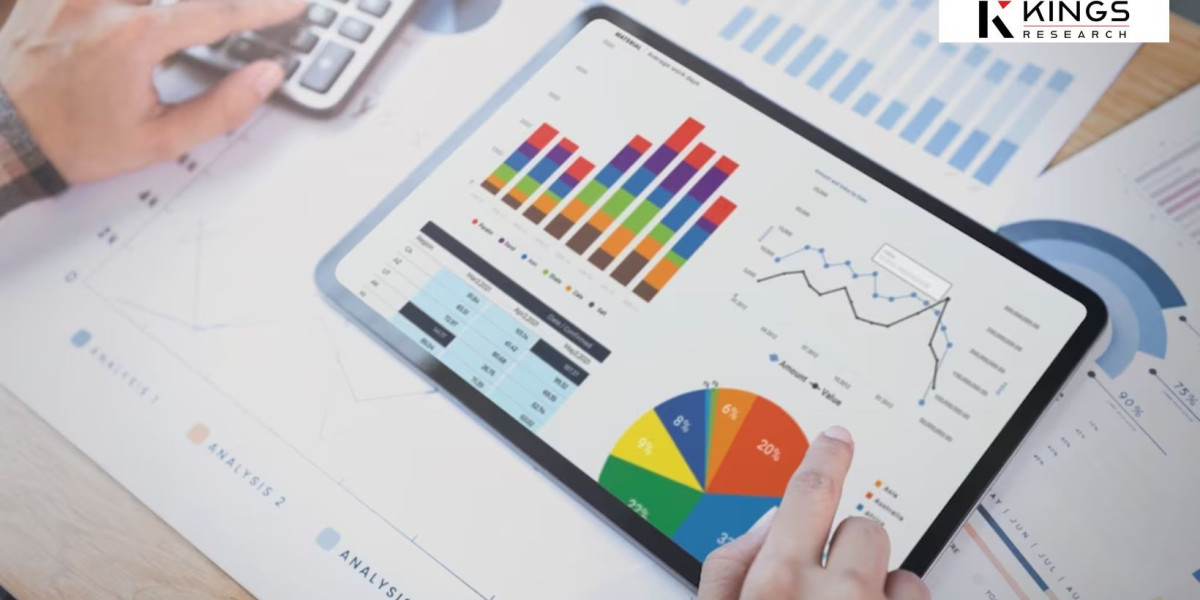In the rapidly evolving landscape of digital transformation in supply chain management, Augmented Reality (AR) stands out as a revolutionary technology with the potential to significantly enhance warehouse management and logistics. By overlaying digital information onto the physical world, AR offers innovative solutions that streamline operations, improve accuracy, and drive efficiency in warehouse settings.
This article explores the transformative impact of AR on warehouse management and logistics, highlighting its applications, benefits, and future potential.
Digital transformation in supply chain management refers to the integration of digital technologies to fundamentally change and enhance how supply chains operate.
Understanding Augmented Reality (AR)
Augmented Reality (AR) is a technology that overlays digital information, such as images, videos, and data, onto the real-world environment. Unlike Virtual Reality (VR), which creates an entirely virtual environment, AR enhances the real world by adding digital layers that users can interact with in real-time. AR can be accessed through various devices, including smartphones, tablets, and specialized AR glasses, making it a versatile tool for various applications, including warehouse management and logistics.
Applications of AR in Warehouse Management
Enhanced Picking and Packing
One of the most significant applications of AR in warehouse management is in the picking and packing process. AR-enabled devices can provide warehouse workers with real-time, hands-free instructions on where to locate items, how to pick them, and how to pack them efficiently. For instance, AR glasses can project visual cues and directions directly onto the worker's field of view, guiding them to the exact location of the items and indicating the most efficient route to minimize travel time.
This technology not only speeds up the picking process but also reduces errors by providing precise instructions and minimizing the chances of picking the wrong items. As a result, AR enhances order accuracy and overall efficiency, leading to faster order fulfillment and improved customer satisfaction.
Real-Time Inventory Management
AR also plays a crucial role in real-time inventory management. By integrating AR with inventory management systems, warehouse staff can use AR devices to scan and visualize inventory data instantly. For example, AR can display real-time stock levels, expiration dates, and product information directly overlaid on the physical products.
This capability enables warehouse workers to quickly assess inventory status, identify low-stock items, and make informed decisions about restocking and order placement. Additionally, AR can help streamline inventory audits by providing visual cues and automated data collection, reducing the time and effort required for manual counting and verification.
Optimizing Warehouse Layout
AR can assist in optimizing warehouse layout and design by providing a virtual representation of the warehouse environment. Warehouse managers can use AR to visualize different layout configurations and simulate the impact of changes before implementing them physically. This capability allows for data-driven decision-making and helps identify the most efficient layout for storing and handling goods.
By leveraging AR simulations, warehouses can optimize storage space, improve workflow efficiency, and reduce the time required for material handling. This results in a more organized and efficient warehouse environment, contributing to overall operational excellence.
Training and Onboarding
Training new warehouse employees can be a challenging and time-consuming process. AR simplifies this by providing immersive, interactive training experiences. AR applications can guide new hires through various warehouse tasks, such as inventory management, equipment operation, and safety procedures, using visual and auditory instructions.
This hands-on approach helps new employees quickly learn and adapt to their roles, reducing training time and improving retention rates. Additionally, AR training modules can be updated easily to reflect changes in processes or equipment, ensuring that employees are always equipped with the latest information.
Benefits of AR in Warehouse Management
Increased Efficiency and Productivity
The integration of AR into warehouse management systems significantly boosts efficiency and productivity. By providing real-time guidance, minimizing errors, and streamlining processes, AR enables warehouse workers to perform tasks more quickly and accurately. This leads to faster order processing, reduced downtime, and optimized resource utilization.
Improved Accuracy
AR's ability to overlay digital information onto the physical environment enhances accuracy in various warehouse tasks. Real-time visual cues and instructions help workers avoid mistakes, ensuring that orders are picked and packed correctly. This reduction in errors contributes to higher customer satisfaction and fewer returns or complaints.
Enhanced Safety
AR contributes to improved safety in the warehouse environment by providing workers with real-time hazard alerts and safety instructions. For example, AR can highlight dangerous areas, such as areas with heavy machinery or hazardous materials, and provide safety guidelines. This proactive approach helps prevent accidents and ensures a safer working environment.
Cost Savings
The efficiency gains and error reductions enabled by AR lead to significant cost savings for warehouses. Faster order processing, reduced labor costs, and fewer errors translate into lower operational costs and improved profitability. Additionally, AR can help optimize warehouse layout and inventory management, leading to better resource utilization and cost savings.
Future Potential of AR in Warehouse Management
The future of AR in warehouse management holds exciting possibilities as technology continues to advance. Future developments may include:
Integration with Robotics and Automation: AR could be integrated with robotic systems to enhance coordination between human workers and robots, improving the efficiency of automated processes.
Advanced Data Analytics: AR systems may incorporate advanced data analytics to provide deeper insights into warehouse operations, helping managers make data-driven decisions and further optimize processes.
Enhanced AR Devices: As AR hardware continues to evolve, more advanced and user-friendly devices may become available, making it easier for warehouse staff to leverage AR technology.
Broader Adoption: As the benefits of AR become more widely recognized, its adoption in warehouse management and logistics is likely to grow, leading to more innovative applications and improvements in supply chain operations.
Conclusion
Augmented Reality (AR) is a transformative technology that is reshaping warehouse management and logistics within the broader context of digital transformation in supply chain management. By enhancing picking and packing, improving real-time inventory management, optimizing warehouse layouts, and facilitating training, AR offers numerous benefits that drive efficiency, accuracy, and cost savings.
As AR technology continues to advance, its potential to revolutionize warehouse operations will only increase. Organizations that embrace AR and integrate it into their supply chain management strategies will be well-positioned to gain a competitive edge, enhance operational excellence, and meet the evolving demands of the modern supply chain landscape.



